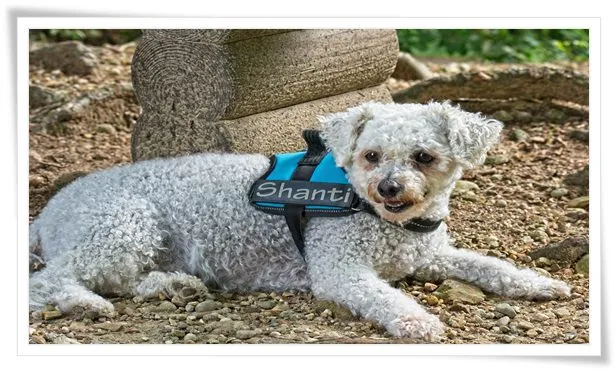Bichon Information
 |
| dog training |
History
The Bichon Frise has a wonderful and interesting history as a non-sporting dog, and Bichon information research is very enlightening for lovers of the breed. Originating in the Mediterranean region, it is descended from the Water-Spaniel. Appreciated for their pleasant dispositions and amiability, these dogs traveled widely throughout history.
Spanish sailors took an early liking to the dogs and are thought to be the first to spread the breed outside the Mediterranean. They are credited with bringing the breed to the Canary Islands where they were revered for their temperament and beauty.
In the 14th Century, Italian sailors rediscovered the Bichon and are believed to be responsible for bringing the breed back to mainland Europe. The Italian passion for the Bichon grew, and the dog became a favorite of the Italian nobility.
By the 16th Century the Bichon had spread and become a much loved dog in France. Although it made its first appearance under Francis I, the Bichon enjoyed its greatest success under Henry III, where it was lavished and pampered greatly. From France the breed spread to Spain and is featured in contemporary Spanish artwork by the likes of Goya.
By the 1800s the Bichon had taken a back slide. Under the reign of Napoleon III the dog became known as a simple street dog. Bichons could be seen roaming the streets as strays, accompanying organ grinders, and doing tricks for scraps of food.
After this brief period of disinterest, a few dog lovers in France recognize the potential in the Bichon and began developing lines through controlled breeding. By the early 1930s the official standard of the Bichon breed was recognized by the Societe Centrale Canine of France, where the name “Frise” was added (“Frise” is a French word that recognizes the breed’s soft, white, curly hair). A year later it was recognized by the French Kennel Club and the International Canine Federation, where it was defined as a French-Belgium breed.
In the mid-1950s, Mr. and Mrs. Francios Picault relocated to the United States, bringing their Bichons Etoile de Steren Vor and Eddie White de Steren Ver along. These two dogs resulted in the first Bichon litter being born in the United States in 1956. By 1960 there were at least two American breeders beginning to develop lines of the dog, and in 1972 the breed was recognized by the American Kennel Club.
Appearance
The Bichon is a short, light, but sturdy dog generally growing to about 12 inches tall and 12-15 pounds. The hair is short, white, curly, and known to be hypoallergenic. Because it has qualities of hair (constant growth, no shedding), it must be groomed regularly. When groomed with an easy-care cut, the dog has a round bodied appearance.
Other Basic Bichon Information
• The Bichon has an average life expectancy of at least 15 years
• Bichon litters can be from one to six puppies, with an average of 4
• The breed needs daily exercise. Since they are small they are able to play well indoors, but a daily walk is necessary. Like many dog breeds, behavior problems can develop if the Bichon does not get enough exercise.
Related posts:

Comments
Post a Comment